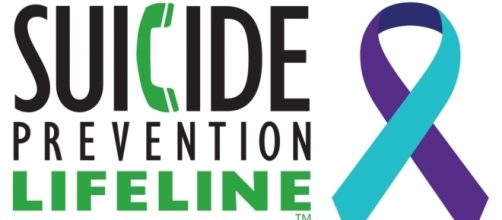Depression, and all varying forms of the word, is normally a word thrown around as a synonym for sad or distraught. It's just another word in the dictionary. But to the people who understand the depth of the word, they know that it means a lot more than that. There are different types, with varying causes across many different demographics. In order to combat this growing problem, we have to begin with understanding what depression is, and the statistics reflecting its reach in our communities.
Different types of Depression
There are two main types of depression: situational and recurring.
Situational is bouts of depression that last for a few weeks until one is able to deal with and process the situation that brought it about. One example of situational depression is the depression one feels after a divorce, until you have grieved and processed the loss.
Recurring depression is episodes of that can last anywhere from a few months to a few years. This affects one's ability to function in their everyday lives. Recurring depression usually becomes evident in the teen to young adult years.
The demographics that have been statistically analyzed have come to provide solid, informative statistics regarding the issue.
Statistics based on geography
These statistics show that depression is more prevalent in the South and Southeast United States.
There is no obvious cause or reason for this, but, nonetheless, it is a statistic that needs to be explored. Some speculate that one of the possible reasons for this is the higher rates of obesity, heart disease, and sleep disorders in the southern United States.
Statistics based on lifestyle
There are certain lifestyle choices and life happenings that tend to put some people at risk more than others:
- Men are more likely to suffer from depression after a divorce
- Unemployment and the inability to provide for oneself and their family
- People with an education level less than a high school diploma
- Overall poor or declining health
Statistics based on other demographics
- Women are twice as likely as men to suffer from depression
- 4.6% of adults ages 45-64 suffer Major Depression episodes
- Minorities have a higher rate of depression than others
- 4% of teenagers suffer from major depression
The worst statistic of them all:
50% of the people who suffer from depression will never seek help for it. That is the statistic that has to change first.


